Japanese Kitchen Knives Essential techniques and Recipes
Photographs by Yasuo Konishi
Sales of Japanese kitchen knives are booming, but how many people have the skills to use these superbly crafted tools to full advantage?
Sales of Japanese kitchen knives are booming, but how many people have the skills to use these superbly crafted tools to full advantage? Now, renowned chef Hiromitsu Nozaki shares his expertise and insights in a book that will help anyone who owns a Japanese knife to maximize its performance. In Japanese Kitchen Knives, Nozaki teaches the reader how to use the three main traditional Japanese knives: the usuba, the deba, and the yanagiba. He explains many essential details, such as the importance of the angle of the blade and how force is applied through it, and illustrates these lessons by working with ingredients familiar to Western readers, such as everyday vegetables and rainbow trout. The instructions are accompanied by simple, easy-to-follow recipes that use the cutting techniques described. As you read the book, you will gain basic knowledge not only about specific techniques using Japanese knives, but also about the knives in general, from basic cutting stance and sharpening techniques to knife anatomy, knife forging, and the enormous range of shapes these knives can take.
One of Tokyo’s most renowned chefs shows how to maximize the performance of the world’s best knives. Color photos (from the chef’s perspective) and detailed commentary cover the step-by-step process of cutting. Each cutting technique is accompanied by recipes that call for its use. All recipes are very straightforward, using easily available ingredients. Specialty knives are shown on location, from a unique unagi eel knife used in a specialty restaurant to a colossal tuna filleting knife wielded at the Tokyo fish market. Other sections include a look at artisanal Japanese knife-making and information on sharpening, storing and identifying the variety of knives.
Hiromitsu Nozaki was classically trained in several Japanese restaurants before becoming the executive chef of Tokuyama in 1980, and of Waketokuyama, in Tokyo in 1989. Known for his culinary skills and deep knowledge of food, he catered for the Japanese athletes of the 2004 Olympics in Athens. He has published over forty cookbooks in Japanese, ranging from simple home cooking to textbooks for apprentices, traditional Japanese recipes, and scientific new approaches to Japanese cuisine.
Kate Klippensteen writes on food, film, and travel as well as comparative culture for Japanese and U.S. publications. She is the author of Cool Tools: Cooking Utensils from the Japanese Kitchen, also published by Kodansha International. Klippensteen has lived in Tokyo since 1986.
Yasuo Konishi, one of Japan’s leading editorial photographers, has journeyed to more than one hundred countries over his career for a wide number of publications, including Esquire Japan. His work has appeared in a number of food-related books, including Cool Tools.
“The authors…invite you to contemplate the knife as ravishing artifact—and instrument for producing edible ravishing artifacts.” — The Los Angeles Times “Inspirational. Tokyo chef Hiromitsu Nozaki’s Japanese Kitchen Knives exquisitely illustrates techniques like cutting a daikon radish paper-thin anyards long.”
—Food & Wine
“…a love story to sharpened steel.”
— The Denver Post
“Chef Nozaki describes in detail what each knife is used for, how to use it properly and then provides recipes as examples. The recipes are very easy for home cooks and use ingredients found in most supermarkets. And the photographs are incredible.” —TheReluctantGourmet.com





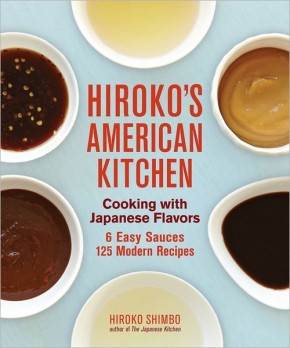
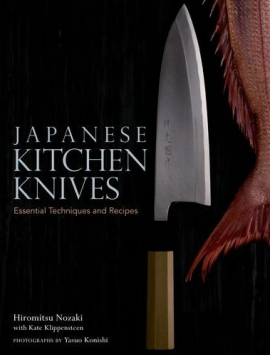
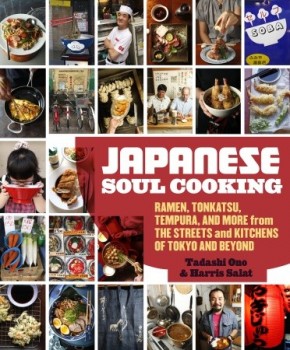
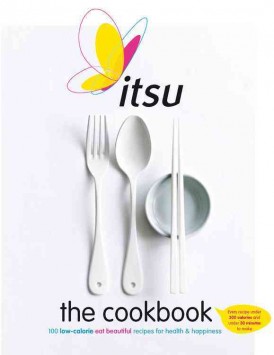
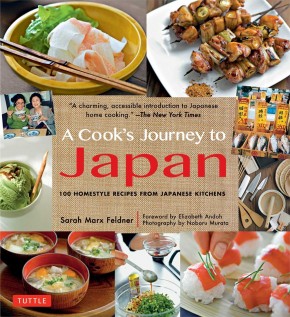
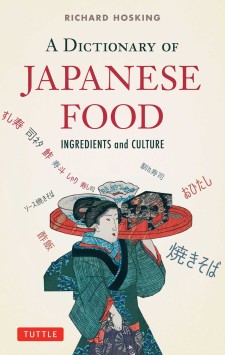
Leave a Reply